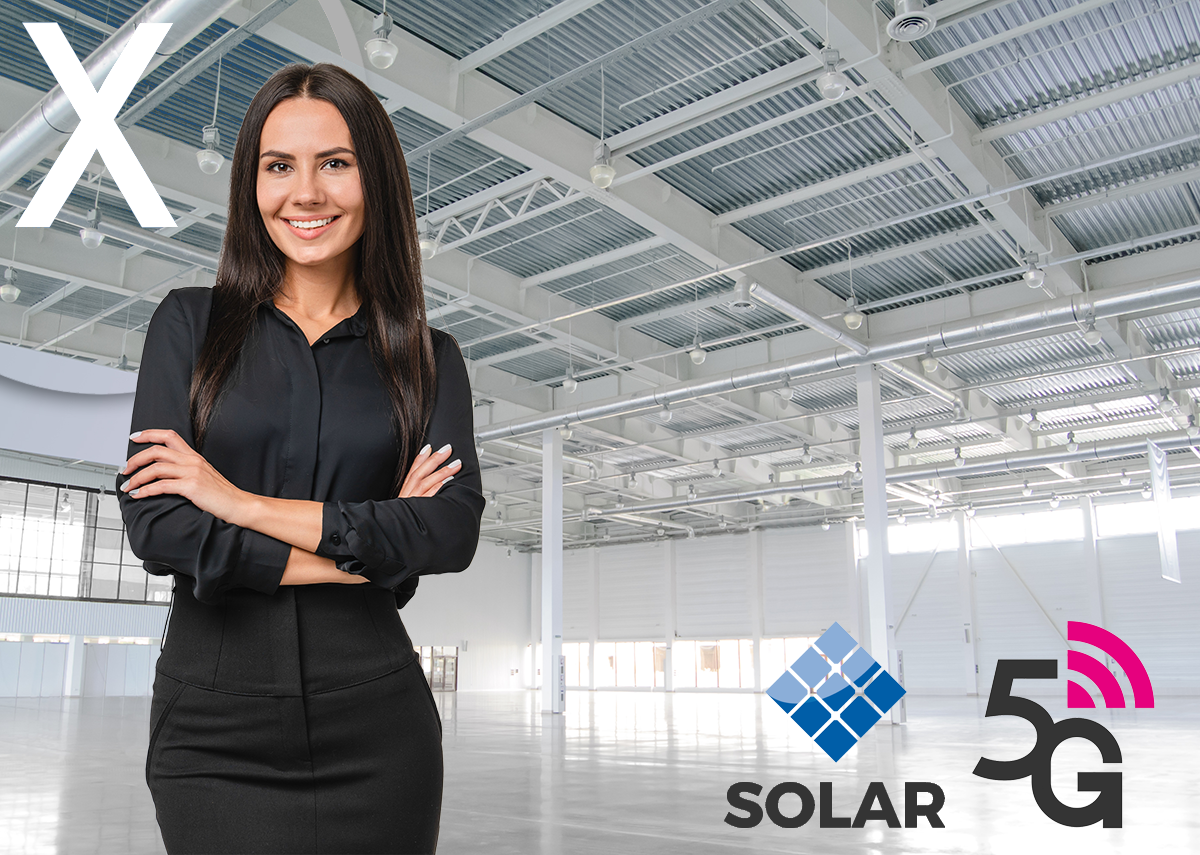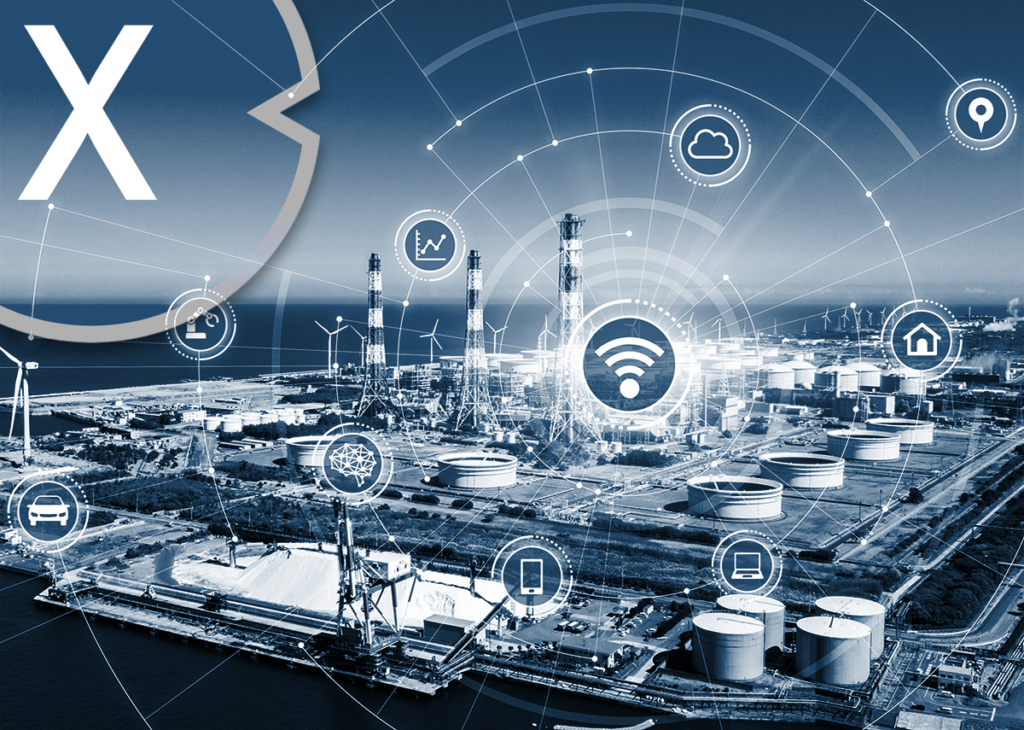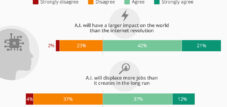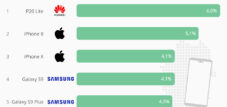The revolution in our pocket: How smartphones and 5G are changing the world – From digital twins to the industrial metaverse
Language selection 📢
Published on: March 2, 2024 / update from: March 2, 2024 - Author: Konrad Wolfenstein
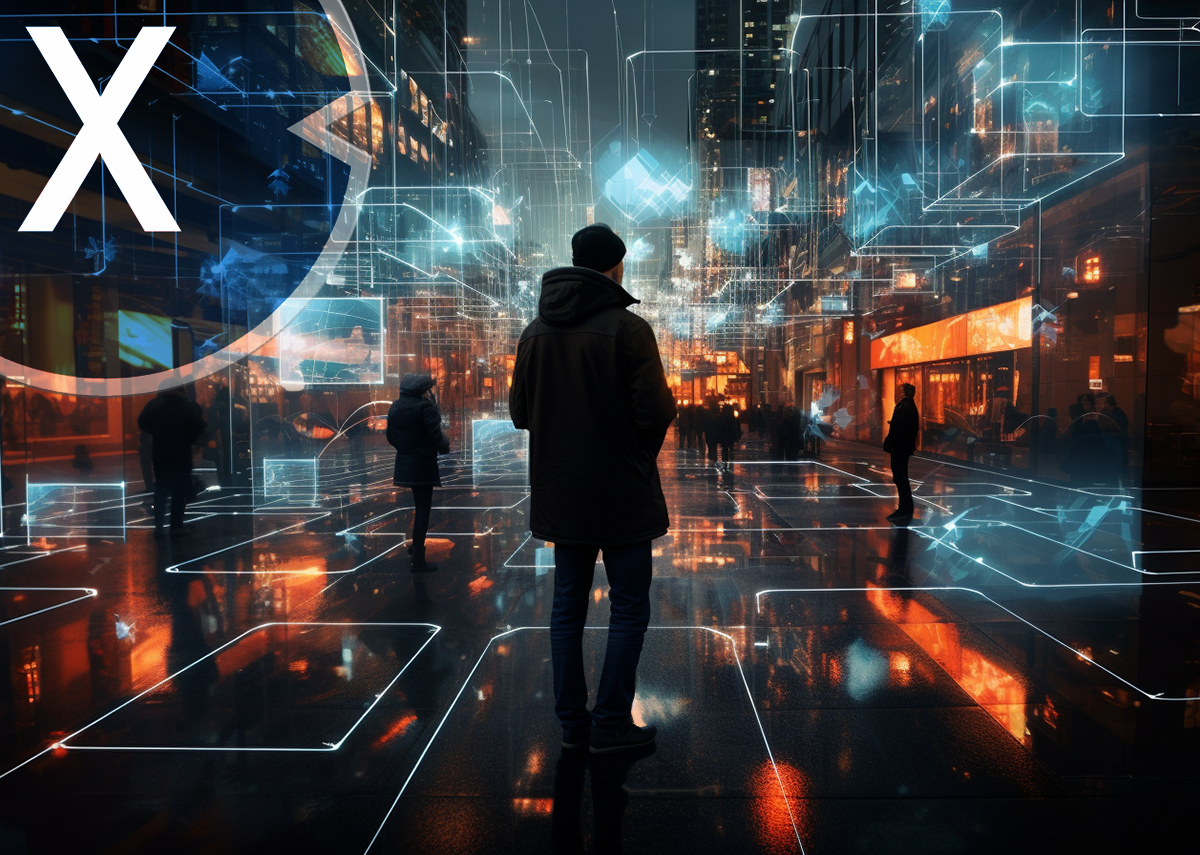
From faster internet to smarter cities – 5G and the networking of the world: Between progress and challenge – Image: Xpert.Digital
📱 In a world characterized by the rapid progress of technology
🔍 The era of the smartphone and the digital revolution
In a world characterized by the rapid advancement of technology, the last 15 years since the release of the first iPhone have ushered in an era in which the smartphone has become not only an indispensable companion in everyday life, but also the center of a constant growing digital revolution.
When the iPhone launched in 2007, no one could have predicted the profound impact it would have on the way we communicate, work and entertain ourselves. Since then, the smartphone market has developed at such a pace that today almost every person in the world has access to powerful mobile devices. But with this rapid development has also come a saturation of the market. The time when every new smartphone model represented a groundbreaking innovation seems to be over. Instead, marginal improvements and refinements to existing technologies have become the norm.
🌐 Technological advancements: The transition to 5G networks
In this stagnant environment, the transition to 5G networks marks one of the rare real advances that permanently changes the technological status quo. Since its introduction in 2019, 5G has symbolized not only higher speeds on mobile internet, but also a new wave of possibilities that go far beyond the previous scope. With data transfer rates exponentially faster than its predecessor 4G and significantly reduced latency, 5G has the potential to revolutionize the user experience. It enables faster downloads, smoother streaming, more seamless gaming and provides the infrastructure necessary to seamlessly integrate augmented reality (AR), virtual reality (VR) and the Internet of Things (IoT) into our everyday lives.
In addition, 5G paves the way for previously unthinkable applications in critical areas such as medicine, where it enables remote surgeries by transmitting high-precision data in real time, or in mobility, where autonomous vehicles become safer and more efficient through improved connectivity. There are even potential applications in urban infrastructure to improve the quality of life in the cities of the future through intelligently networked systems.
🌱 Impact and Potential: The Ongoing Evolution of 5G
Despite the obvious benefits and potential that 5G offers, we are still in the early stages of this technological revolution. Only a fraction of the possibilities have been exhausted, and the widespread introduction and acceptance of 5G applications is still to come. According to the Ericsson Mobility Visualizer, the initial phase of the transition to 5G is still ongoing, offering smartphone manufacturers significant growth potential over the next few years.
The challenge and opportunity for the smartphone industry is to exploit the full potential of 5G. This includes not only improving network coverage and data rates, but also developing new technologies and applications that take advantage of the specific advantages of 5G. These include the refinement and broader integration of AR and VR into media consumption, the further development of the IoT for smarter and more efficient households and cities, and the use of 5G in telemedicine, to name just a few examples.
🤖 Future vision: AI and 5G as catalysts for innovation
Another exciting field is the further development of AI technologies in connection with 5G. With increased speed and reduced latency, AI can access cloud data in real-time and therefore make smarter and more efficient decisions. This could be used in a variety of applications, from personalized user experiences on smartphones to comprehensive smart city solutions.
The integration of 5G into people's everyday lives and the transformation of various industrial sectors will not happen overnight. It requires continued investment in infrastructure, research and development, and close collaboration between technology companies, governments and regulators. But 5G's promise of creating a truly connected world where people, machines and data interact seamlessly is driving the effort.
The introduction of 5G is more than just a development in mobile data transmission. It is a technological revolution that lays the foundation for the next generation of innovations. Despite the current market stagnation, it offers a silver lining - an opportunity to push the boundaries of what is possible and pave the way for a future in which the digital and physical worlds merge more than ever. It's an exciting time for technology enthusiasts, researchers, entrepreneurs and end users alike, as we are only at the beginning of this new era and the greatest potential still lies ahead.
📣 Similar topics
- 🏭 5G and the revolution in warehouses
- 🌿 Energy efficiency through 5G in buildings
- 🌞 5G and solar systems: The perfect duo
- 🤖 Automated logistics with 5G support
- 🛡️ Security in the warehouse: 5G makes it possible
- 📡 Advantages of 5G in building automation
- 📊 Optimizing operations with 5G
- 🌐 Scalability and future viability of 5G networks
- 🔋 Real-time energy management thanks to 5G
- 🏢 5G and intelligent building management
#️⃣ Hashtags: #5GTechnology #Energy Efficiency #Solar Systems #AutomatedLogistics #Building Automation
🌞📡🏗️ In building and hall construction: 5G and solar technology hand in hand
5G is not just an upgrade for the mobile network, it is also a pioneer for numerous innovations. A local 5G network can help significantly improve communications infrastructure. The low latency and high speed that 5G offers could be used for a variety of applications. From autonomous driving to connected production facilities (digital twins and industrial metaverse), 5G offers a robust platform that ensures seamless interaction between humans and machines.
More about it here:
📶🚀🌐 From 4G to 5G: The emergence of 5G and its impact
📱🌐 Smartphones and 5G are more than just technological achievements; they represent a revolutionary change in the way we interact with the world, how we work, communicate and connect. In recent years, the smartphone has evolved from a simple telecommunications tool to an integral part of our daily lives. It is our window to the world, our navigation aid, our personal assistant and our gateway to the infinite knowledge of the Internet. The arrival of the 5G network has expanded this potential even further, opening up new horizons, from digital twins to the industrial metaverse.
🔮 Digital twins
Digital twins are virtual representations of a physical object or system. This technology makes it possible to create and use a highly detailed image of real processes, products or services in a digital environment. The possible uses are diverse: from optimizing manufacturing processes to predicting maintenance requirements for machines to simulating urban development and traffic flows. Digital twins are no longer just a futuristic vision, but are already being used in various industries to increase efficiency, reduce costs and drive innovation.
🌌 Industrial Metaverse
The term “industrial meta persons” takes these concepts one step further. It refers to a completely immersive, digital parallel world in which people and machines interact to simulate and solve real tasks in real time. This poses enormous potential for industry: from improving cooperation and training to remote control from robots to the implementation of safety -critical processes in a controllable digital environment.
Suitable for:
📲 Role of smartphones and 5G
The role of smartphones and 5G in this revolution cannot be underestimated. Smartphones serve as an interface between us and the digital world. They are the devices we interact with most often, allowing us to access the industrial metaverse and digital twins anytime, anywhere. With the introduction and global spread of the 5G network, connection speeds will increase exponentially and significantly reduce latency. This will not only improve the efficiency and usability of existing applications, but also enable the development of completely new use cases that were previously not feasible due to technical limitations.
👓 AR and VR
An outstanding example of the interaction between smartphones and 5G is the area of augmented reality (AR) and virtual reality (VR). These technologies require high data transfer speeds and very low latency to ensure a seamless and compelling user experience. 5G makes it possible to use AR and VR applications directly on your smartphone without having to rely on external devices or powerful computers. These developments open the door to a world where digital information is seamlessly integrated into our physical environment. For example, they enable detailed repair instructions to be projected directly into the technician's field of vision or virtual product presentations where the customer can see the product in its real environment before purchasing it.
📚 Education and healthcare
The impact of these technologies goes far beyond industrial use. In education, digital twins and the industrial metaverse offer new, exciting ways to teach and learn complex concepts. For example, students can travel through a virtual cardiovascular system or operate complex machines in a safe, digital environment before working on real objects. In the healthcare sector, thanks to VR and AR, doctors and surgeons could practice complex procedures in a simulation or be supported in real operations by precise, digitally augmented instructions.
✨🌐 5G and smartphones: key technologies for the age of digital fusion
Smartphones and 5G are not just technological achievements. They are the keys to a new era of digitalization in which the boundaries between the physical and digital worlds continue to merge. By enabling innovative concepts like digital twins and the industrial metaverse, they have the potential to fundamentally change many aspects of our lives - from the way we work and learn to the way we receive healthcare and interact with each other. However, as we move further into this exciting future, it is critical that we keep an eye on and address the challenges involved in order to leverage these technologies for the benefit of all.
📣 Similar topics
- 🌐 The smartphone and 5G revolution: A new era of connectivity
- 🔮 The future is now: Digital twins and their applications
- 🌌 Industrial Metaverse: The next level of digital transformation
- 👓 AR and VR: The fusion of reality and virtuality
- 📚 Education and healthcare in the age of 5G and smartphones
- ✨ 5G and smartphones: driving forces of digital innovation
- 📱 The Evolution of Communication: From Telephone Conversations to Digital Worlds
- 💡 Smart technologies for a connected future
- 🚀 5G and smartphones: On the way to new horizons
- 🌟 The role of smartphones and 5G in the digital revolution
#️⃣ Hashtags: #Smartphones #5G #DigitalTransformation #AR #VR
🌐🌟 5G technology in campus networks: The future of networking for research & education, industry, mechanical engineering and retail
5G technology is often seen as the next big milestone in the digital world. But far more than just faster internet for smartphones, 5G is a paradigm shift in the way networks can be built and used, especially on campus networks. These are usually networks limited to a specific geographical area, such as university campuses or company locations. This is where they can play a crucial role and usher in the next wave of digital transformation across multiple sectors.
More about it here:
🏭🤖 Smart Factory: Super-fast data networks for future scenarios in intralogistics - 5G technology & network - 5G SA campus network

STILL is building a dedicated 5G network at its Hamburg headquarters for the realization of future intralogistics scenarios - Image: STILL GmbH
The integration of driverless transport systems into indoor logistics is an exciting application area for 5G. With 5G, entire fleets of AGVs (Automated Guided Vehicles) can be coordinated in real time. These AGVs are autonomous and can transport goods around warehouses and manufacturing facilities. The control and route data of these vehicles can be managed in a company edge cloud, enabling precise control and monitoring. This advancement is a big step forward compared to using Wi-Fi, which is often less reliable and less powerful.
More about it here:
We are there for you - advice - planning - implementation - project management
☑️ Smart City & Factory: Industry expert for energetic 5G buildings and halls as well as advice and installation of solar systems
☑️ Xpert.Plus - logistics consulting and logistics optimization
☑️ Industry expert, here with his own Xpert.Digital Industry Hub with over 2,500 specialist articles
I would be happy to serve as your personal advisor.
You can contact me by filling out the contact form below or simply call me on +49 89 89 674 804 (Munich) .
I'm looking forward to our joint project.
Xpert.Digital - Konrad Wolfenstein
Xpert.Digital is a hub for industry with a focus on digitalization, mechanical engineering, logistics/intralogistics and photovoltaics.
With our 360° business development solution, we support well-known companies from new business to after sales.
Market intelligence, smarketing, marketing automation, content development, PR, mail campaigns, personalized social media and lead nurturing are part of our digital tools.
You can find out more at: www.xpert.digital - www.xpert.solar - www.xpert.plus



